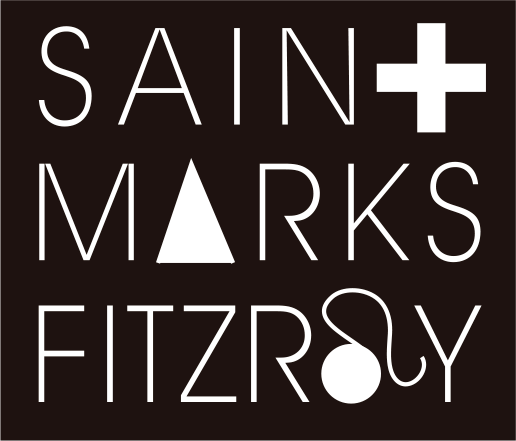1: Welcome
The Church
The land on which the church stands was occupied from 1849 by a Mission Church, which served as a centre for religious, educational and recreational facilities. It was one of a number of denominational schools established by the Church of England. The school was demolished some time after 1862, as the building of the church and other facilities progressed.
The foundation stone of Saint Mark’s Church was laid on 1 July 1853 and the church opened in early 1855. It is built in the early English Gothic Revival style and is the first bluestone church built outside the central business district. Richard Grice, the generous pastoralist and philanthropist, contributed almost all the cost of its construction. Noted architects were involved in its construction:
James Blackburn, the original architect,
Leonard Terry who, supervised the construction of the bluestone stairs and the distinctive gallery on the eastern side of the building in 1865,
Charles Webb who, in 1874, added the tower and spire.
We are very excited to be part of Open House Melbourne in 2022 and invite you to take a self-guided tour round the grounds and then into the Old School, the Church and the Community Centre.
Since 1847, St Mark’s Fitzroy has been deeply embedded in serving the community. The space has always been used to bring people together, create a sense of community and address social justice. For example, in the 1920’s, when Fitzroy was one of the poorest parts of Melbourne, the church was used for film nights to bring people together and to provide recreational opportunities for young people in particular. In 1926 the Social Settlement Centre was opened to offer more recreational, educational, training and social facilities: it had a male and female gymnasium, the first free children’s library in Victoria and, during the 1930’s Depression, it provided hot meals for those in need. Now known as St Mark’s Community Centre, it has operated as a drop-in service for vulnerable people for over 40 years.
The parish has always looked for ways to be outward-looking, to invite the local community in and share our space with them. For local Aboriginal and Torrens Strait Islander communities, St Mark’s has been the church of choice for funerals over many years. In 2017, in partnership with the Centre for Contemporary Photography, St Mark’s participated in a climate change initiative, by hosting “No Vertical Song”, an exhibition of works by Anne Noble, a New Zealand artist, which imagined a future when bees no longer exist.
The grounds encourage people from the local community to come in, picnic and enjoy the green space.
The mosaic bird bath under the elm tree was made and donated to St Mark’s by people participating in the St Mark’s community centre drop-in program.
Dutch Elm Trees
Six Dutch Elm Trees once stood along the front of St Mark’s Fitzroy. There are now only two – the rest were taken out during required renovations to the church; their root systems had rotted due to poor drainage
